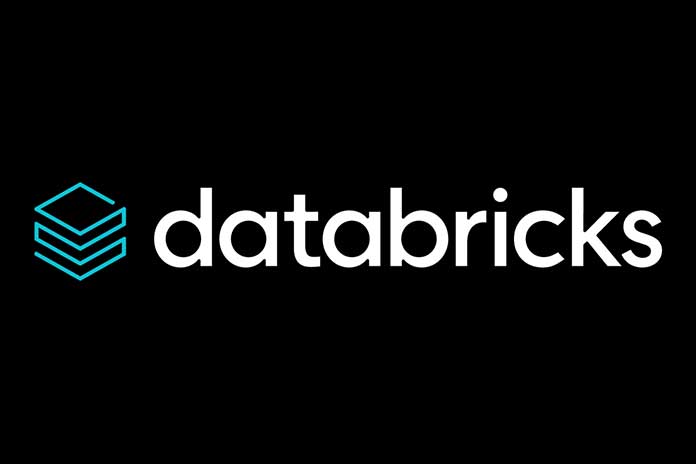Extensive information includes the utilization of artificial brainpower and AI. Databricks permits you to change leads into significant experiences through AI devices. In the period of the change of administrations and activities into the cloud, Databricks accepts a conclusive job in preparing considerable information and making the data removed utilizing computerized reasoning and AI valuable.
What Are Databricks?
Databricks is an apparatus dependent on the haze of science information and designing information used to measure and change a lot of information, investigating them through the models of AI. Databricks permits you to change enormous information into significant bits of knowledge through AI devices.
When Were Databricks Born?
Databricks, the investigation and artificial consciousness startup, likewise upheld by Microsoft, was established in 2013 by the makers of Apache Spark, with the contribution of the University of Berkeley, after growing up scholastically in the labs of the University of California AMPLab project. . In 2017, Azure Databricks reconciliation was reported.
Databricks creates Delta Lake, an open-source project committed to making information lakes solid for AI and different information science use cases. In 2021, Databricks accomplished a $ 28 billion Science and Machine Learning stages valuation for the second sequential year. Since February, in the wake of securing Redash in 2020, it has turned into an accomplice of Google Cloud to offer the combination between Google Kubernetes Engine and Google’s BigQuery stage.
Who Uses Databricks?
Engineers and information researchers can work with Databricks in SQL, Python, Scala, Java and R, with a broad scope of cutting edge examination calculations available. Groups are in a split second useful with the continuous investigation of enormous scope datasets on points going from client conduct to the client pipe.
What Is A Data Lake House?
Information lakehouse (crude information distribution centre in an assortment of arrangements) is another available piece of board engineering that consolidates the adaptability, cost-cutting and versatility of information lakes with information the executives and information stockroom ACID exchanges. In a real sense, the information distribution centre truncated DW:
- An assortment or total of organized knowledge
- Coming from inside useful sources and outside to the framework)
- Empowering business insight (BI) and AI (ML) on all information
Information lakes are a necessary piece of information-driven arrangements in many organizations, both huge organizations and SMEs. A Data lake – not at all like a Data distribution centre/shop where the information is spotless, ready and prepared for utilization – can be considered a bowl wherein different information streams merge where clients can jump to dissect them or draw tests valuable for their motivations.
Organizations that assemble and carry out their frameworks approach the open-source document designs ( Delta Lake, Apache Iceberg, Apache Hudi ) utilized to fabricate lake houses. Now and then, a lakehouse is liked over an information lake for AI because the lake house offers information forming, administration, security, and ACID properties that are viewed as essential for unstructured information.
Some Examples Of Databricks Lake House
Databricks Lakehouse Platform has the attributes of the design of a lakehouse. Azure Synapse Analytics: Microsoft’s administration incorporates Azure Databricks and is an illustration of a lakehouse. BigQuery and Redshift Spectrum: These are overseen administrations with lakehouse alternatives, though they principally centre around Business insight (BI) and other SQL applications.
What is Azure Databricks?
Sky blue Databricks is a quick and communitarian investigation stage dependent on Apache Spark. The disseminated data frame permits obtaining point-by-point data from an organization’s information and making computerized reasoning arrangements, designing the Apache Spark climate, consequently resizing it and teaming up on shared ventures in an intuitive work area. Sky blue Databricks upholds Python, Scala, R, Java and SQL, just as information science systems and libraries, like TensorFlow, PyTorch and scikit-learn.
It permits to: measure enormous scope information for clump and streaming responsibilities;
investigate all information, complete and later; to work with and speed up information science in enormous informational collections, on account of Apache Spark, a quick and upgraded open-source climate.
Permits you to get to the high level and robotized provisions of Azure Machine Learning, coordinated to rapidly distinguish the reasonable calculations and hyperparameters, to improve on the administration, observing and refreshing of Machine Learning models conveyed from the cloud to the border organization, and forgive a unified record to tests, AI pipelines, and models.
Sky blue Databricks modernizes the information distribution centre in the cloud and permits information to be changed and cleaned (after moving it with Azure Data Factory and transferred to Azure Data Lake Storage) to make it accessible for investigation with Azure Synapse Analytics. The objective is to join information at any scale and gain knowledge through investigation dashboards and valuable reports.
4.0 Analytics Made Easy With Databricks
Advanced investigation 4.0 alludes to information gathered all over the place, from applications to sensors, from cell phones to actual stores. Since Databricks works on the investigation of vast volumes of information, utilizing the gigantic abilities of distributed computing, and because Databricks is a quick, simple and shared enormous information examination administration devoted to information science (the science that transforms ample information into information helpful for a specific situation, not to be mistaken for AI and AI) and information designing, like this 4.0 investigation become simple with Databricks.
The collective energy between Big information, cloud and AI serves to work with the hyper-division of clients and the preparing of data continuously, to configuration modified administrations (or ventures in the cloud), custom-made to each profile.



